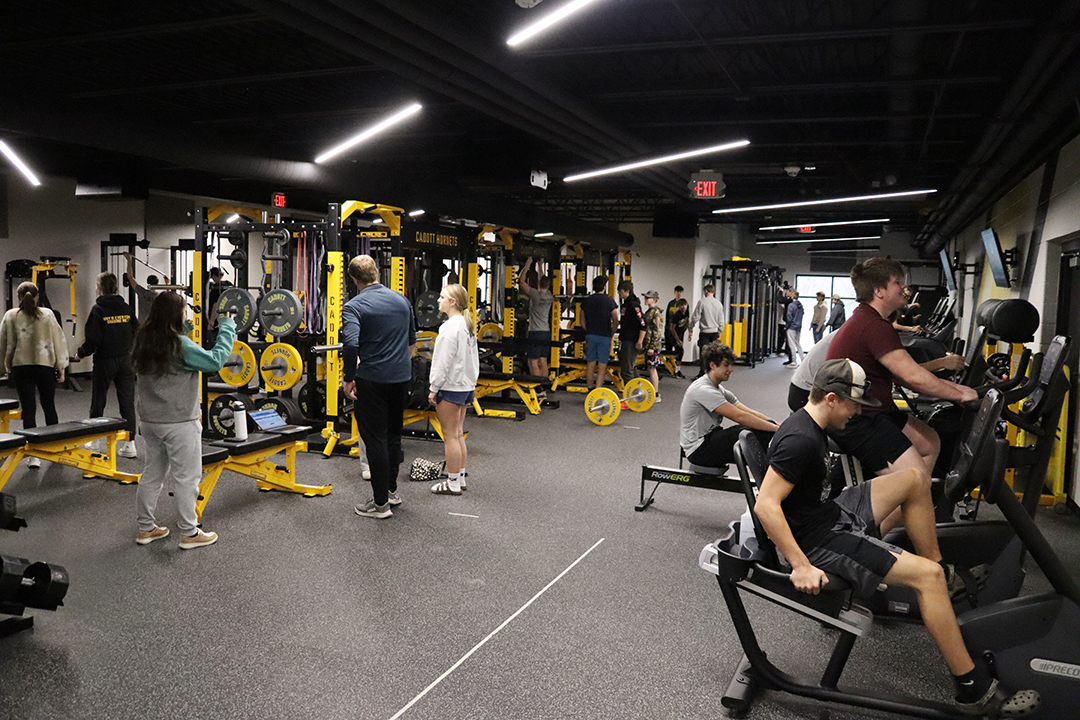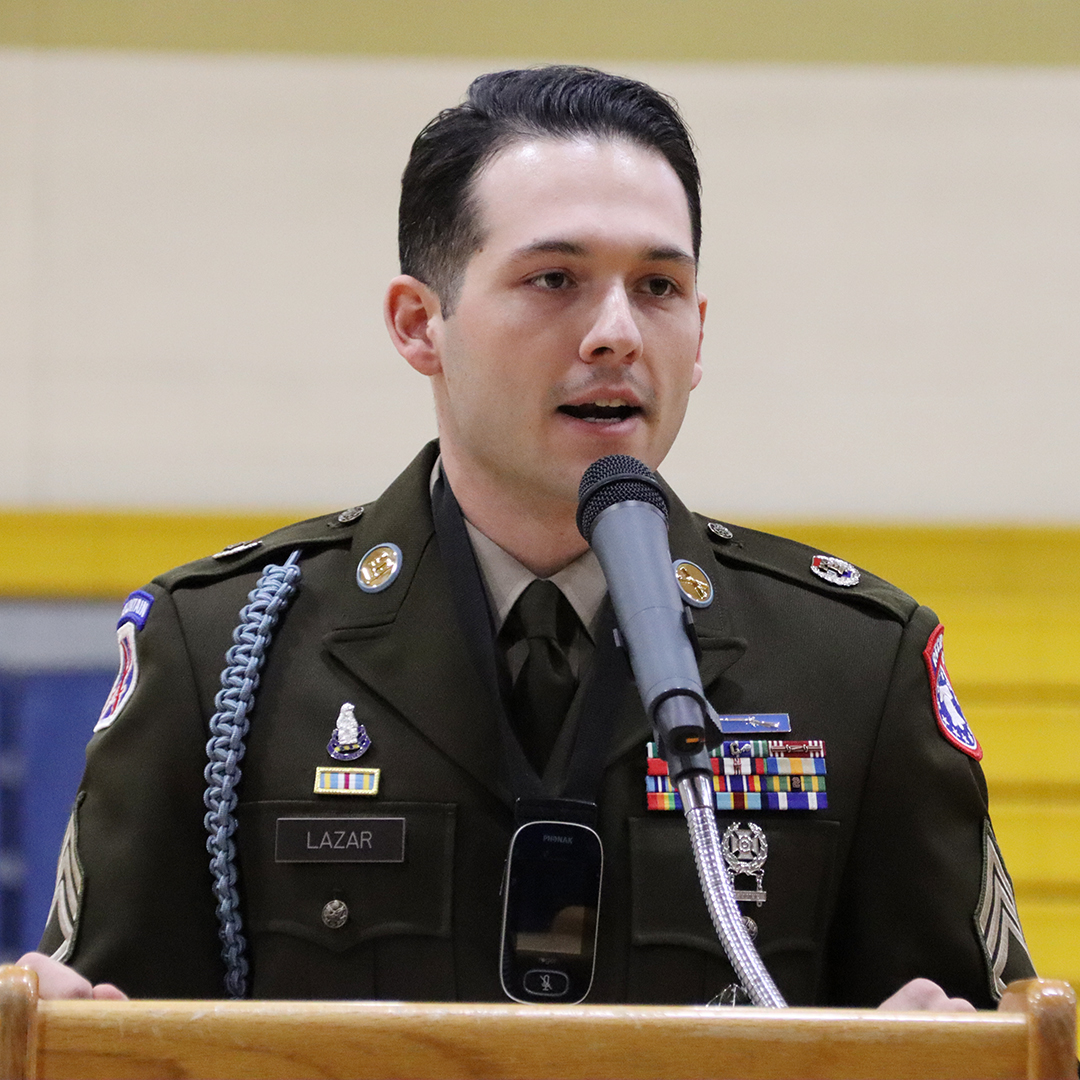Who are the Amish? Take the time to get to know them and find out!


The oldest Amish community in Wisconsin, began in Medford, in 1920, but families have since spread throughout the state.
“The Amish are quite familiar across the country, and have been since the ...






